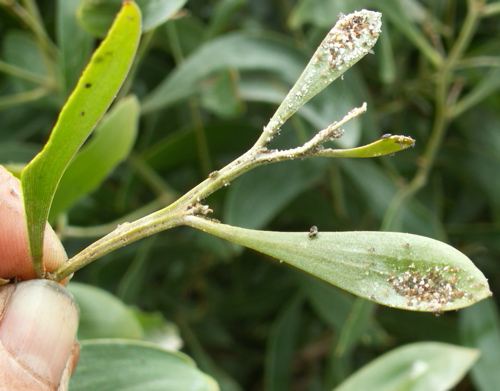Let’s say (and why not) that you were a mild mannered beaver advocate associated with arguably the most famous beavers in the golden state and a fairly impressive website. What if some unnamed media outlet wanted your opinion on some internal memos obtained into the dealings between a certain beaver-stricken city and the federal agency that usually handles such things. And that after getting mad, nauseated and breathing into a paper bag every 5 minutes while you’re reading this delightful list of beaver-bashings you notice that a major contract for the city isn’t with the beaver-trappers, or with the tree planters, or even with hydrologists.
![5214860439_re_education_camp_xlarge[1]](https://www.martinezbeavers.org/wordpress/wp-content/uploads/2012/03/5214860439_re_education_camp_xlarge1-150x84.gif) It’s with the beaver-re-education squad, who will provide brochures, website content, and even classroom visits designed to teach residents how destructive beavers can be and overcome any natural compassion or curiosity in the populace. Money to combat people like…oh..say…ME.
It’s with the beaver-re-education squad, who will provide brochures, website content, and even classroom visits designed to teach residents how destructive beavers can be and overcome any natural compassion or curiosity in the populace. Money to combat people like…oh..say…ME.
Let’s say that you were to find out that this beaver disinformation campaign is not unique to any particular city, but is part of most every beaver-management response once the public reacts negatively, or the media gets involved, or folks start spouting crazy-hugger humane ideas. Like Martinez for instance. Like the “expert” that suddenly showed up in our city and advised our city staff that flow devices always fail. Remember her? Let’s assume after seeing the amount of money that changes hands for a re-education campaign I have become more certain than ever that she didn’t come to Martinez for the view.
All of this is to say that information is power. And this website, with all its flaws and quirks – with all its solutions and stories and community, is powerful. The powers that be spend copious amounts of money to influence public opinion. And we have spent very little money and re shaped public opinion in a way that will affect thinking about beavers for decades to come. Every time we’re in the news-cycle, or talk to folks at Earth Day, or someone looks up the website because they want humane solutions, or children explain what a keystone species is at the beaver festival to get a charm bracelet, I’m reminded how much.
I guess after all the horrific displays of stupidly reflexive thinking, it was nice to realize that a city spends a vast portion of its time and resources thinking about the knotty problems caused by people like us.
 Oh and check out Don’s lovely article about beavers in the Washoe newsletter. (Page 12) Hopefully we’ll make some new friends and I’ll find out some gossip about the beavers I’ve been watching for the past 7 years!
Oh and check out Don’s lovely article about beavers in the Washoe newsletter. (Page 12) Hopefully we’ll make some new friends and I’ll find out some gossip about the beavers I’ve been watching for the past 7 years!









![APHIS[1]](https://www.martinezbeavers.org/wordpress/wp-content/uploads/2011/08/APHIS1.jpg)





































